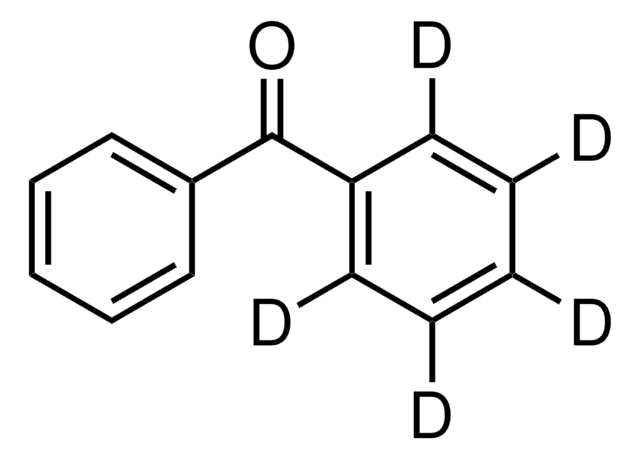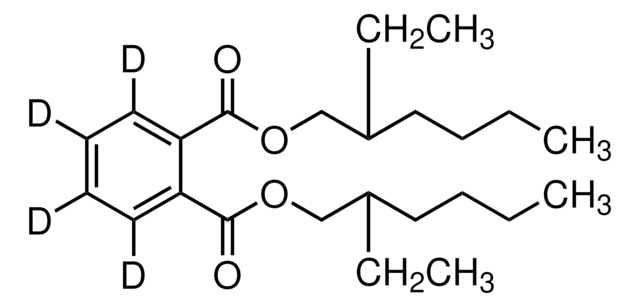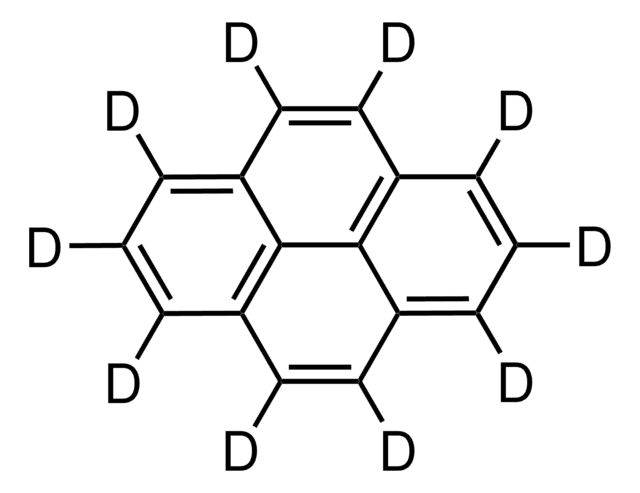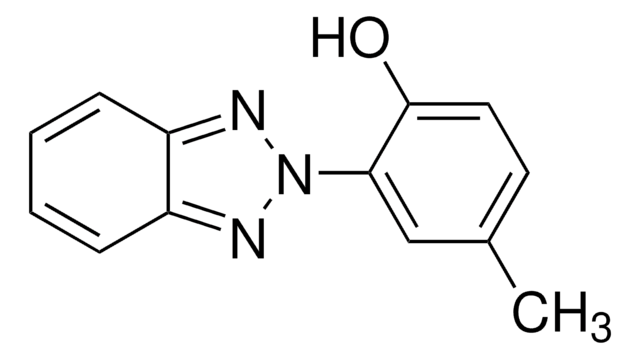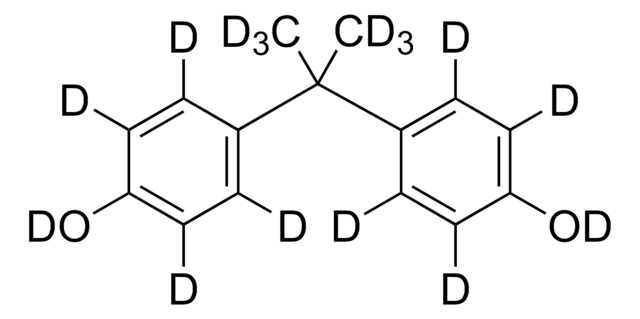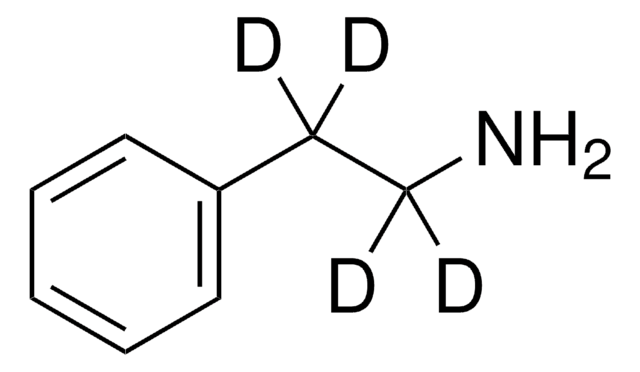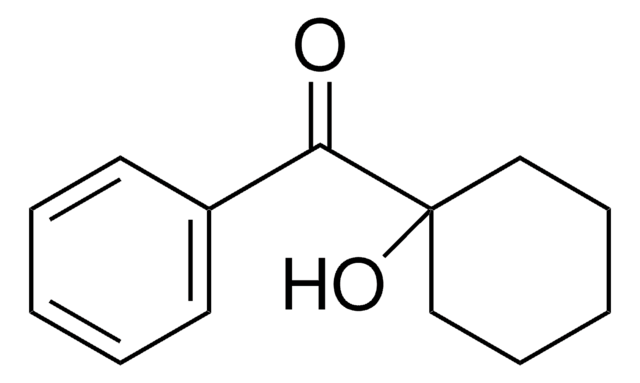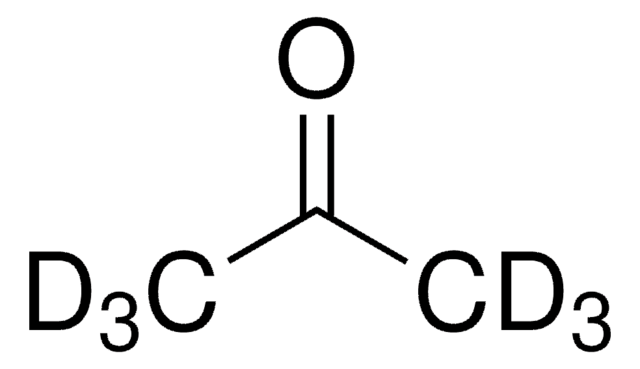471178
Benzophenone-d10
99 atom % D
Sinónimos:
Di(phenyl-2,3,4,5,6)-methanone-d10
About This Item
Productos recomendados
pureza isotópica
99 atom % D
Nivel de calidad
Formulario
solid
bp
305 °C (lit.)
mp
47-51 °C (lit.)
cambio de masa
M+10
cadena SMILES
[2H]c1c([2H])c([2H])c(c([2H])c1[2H])C(=O)c2c([2H])c([2H])c([2H])c([2H])c2[2H]
InChI
1S/C13H10O/c14-13(11-7-3-1-4-8-11)12-9-5-2-6-10-12/h1-10H/i1D,2D,3D,4D,5D,6D,7D,8D,9D,10D
Clave InChI
RWCCWEUUXYIKHB-LHNTUAQVSA-N
¿Está buscando productos similares? Visita Guía de comparación de productos
Categorías relacionadas
Envase
Palabra de señalización
Danger
Frases de peligro
Consejos de prudencia
Clasificaciones de peligro
Aquatic Chronic 3 - Carc. 1B - STOT RE 2 Oral
Código de clase de almacenamiento
6.1C - Combustible, acute toxic Cat.3 / toxic compounds or compounds which causing chronic effects
Clase de riesgo para el agua (WGK)
WGK 1
Punto de inflamabilidad (°F)
280.4 °F - closed cup
Punto de inflamabilidad (°C)
138 °C - closed cup
Listados normativos
Los listados normativos se proporcionan para los productos químicos principalmente. Para los productos no químicos sólo se puede proporcionar información limitada. Si no hay ninguna entrada, significa que ninguno de los componentes está en la lista. Es obligación del usuario garantizar el uso seguro y legal del producto.
EU REACH Annex XVII (Restriction List)
Elija entre una de las versiones más recientes:
¿Ya tiene este producto?
Encuentre la documentación para los productos que ha comprado recientemente en la Biblioteca de documentos.
Los clientes también vieron
Nuestro equipo de científicos tiene experiencia en todas las áreas de investigación: Ciencias de la vida, Ciencia de los materiales, Síntesis química, Cromatografía, Analítica y muchas otras.
Póngase en contacto con el Servicio técnico